How removing invasive predators reshaped desert mammal communities
Arid Recovery
18 July 2025
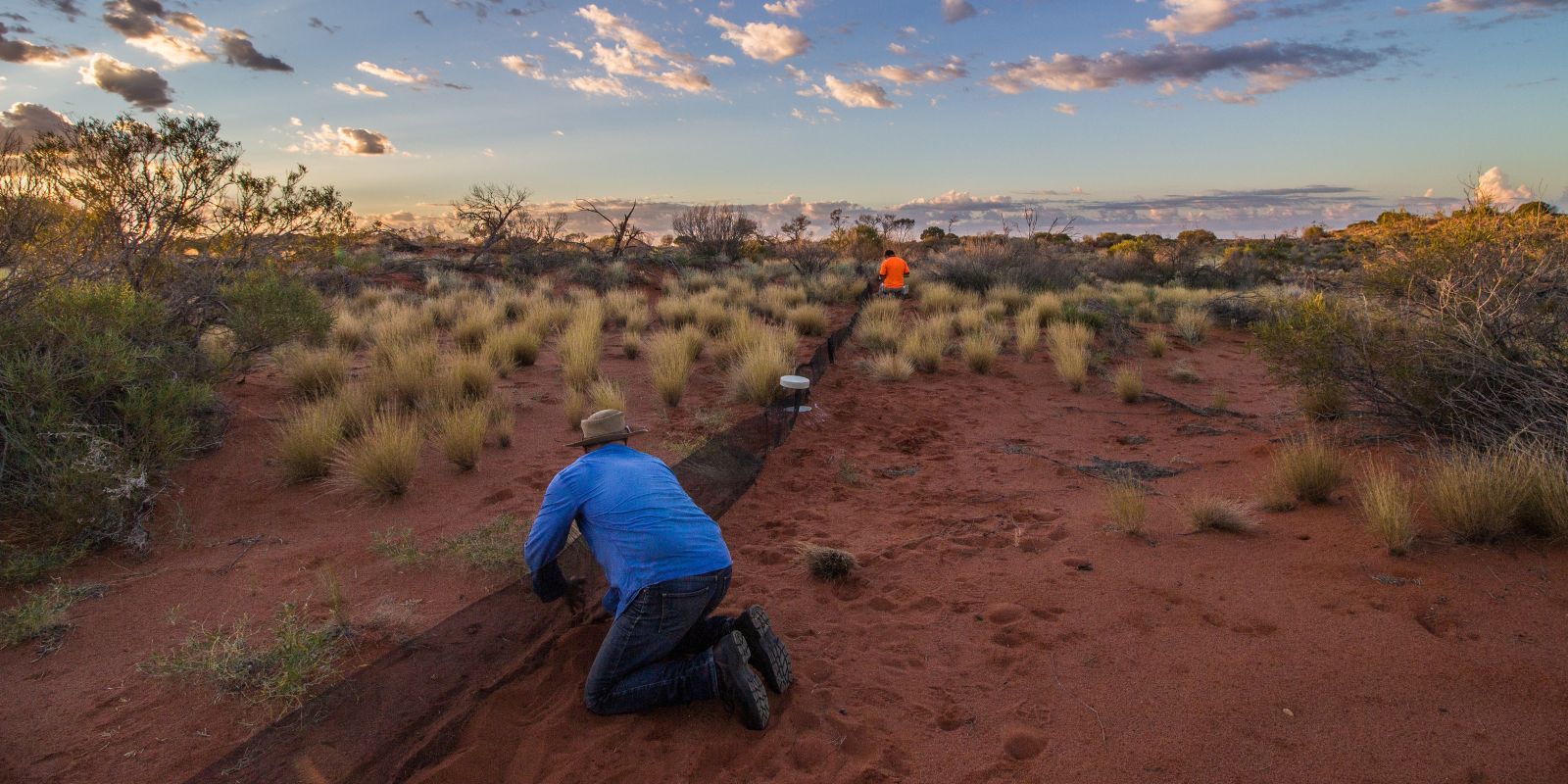
What happens to mammals when you take cats and foxes out of the desert? We monitored rodents and small dasyurids inside and outside the fence for over 26 years. The result was a surprising story of succession driven by rainfall-fueled booms, colonisation, and the shifting balance of competition in a feral predator-free landscape.
For decades, Australia’s arid zone has been shaped not just by rainfall and drought, but by a newer force: invasive predators. Feral cats and foxes have devastated native mammal populations, caused extinctions and suppressed those that survive. In landscapes where these predators dominate, it's hard to tell which ecological patterns are natural and which are distorted.
At Arid Recovery, the fence changed everything. The 6000-hectare reserve excludes cats, foxes and rabbits, creating one of the largest predator-free sites in the country. Over 26 years, researchers have tracked small mammals at more than 40 sites, both inside and outside the reserve. Each year, we’ve set pitfall and Elliott traps across dunes and swales to record which species are present, how abundant they are, and how those patterns shift over time.
The result is one of the longest-running datasets of its kind, and it tells an unexpected story. Succession happened, but not in the usual way. There was no major change in vegetation cover. Instead, what shaped the small mammal community was the absence of disturbance and the interactions between species as they returned.
Laying the groundwork
At the beginning of the study in 1998, the mammal communities inside and outside the reserve looked much the same. But that changed quickly. Just two years in, two small rodent species, the house mouse and Bolam’s mouse, had increased dramatically inside the fence. These species were already present in the region, and both are known for being fast breeders that respond rapidly to high rainfall. However, their success was short-lived.
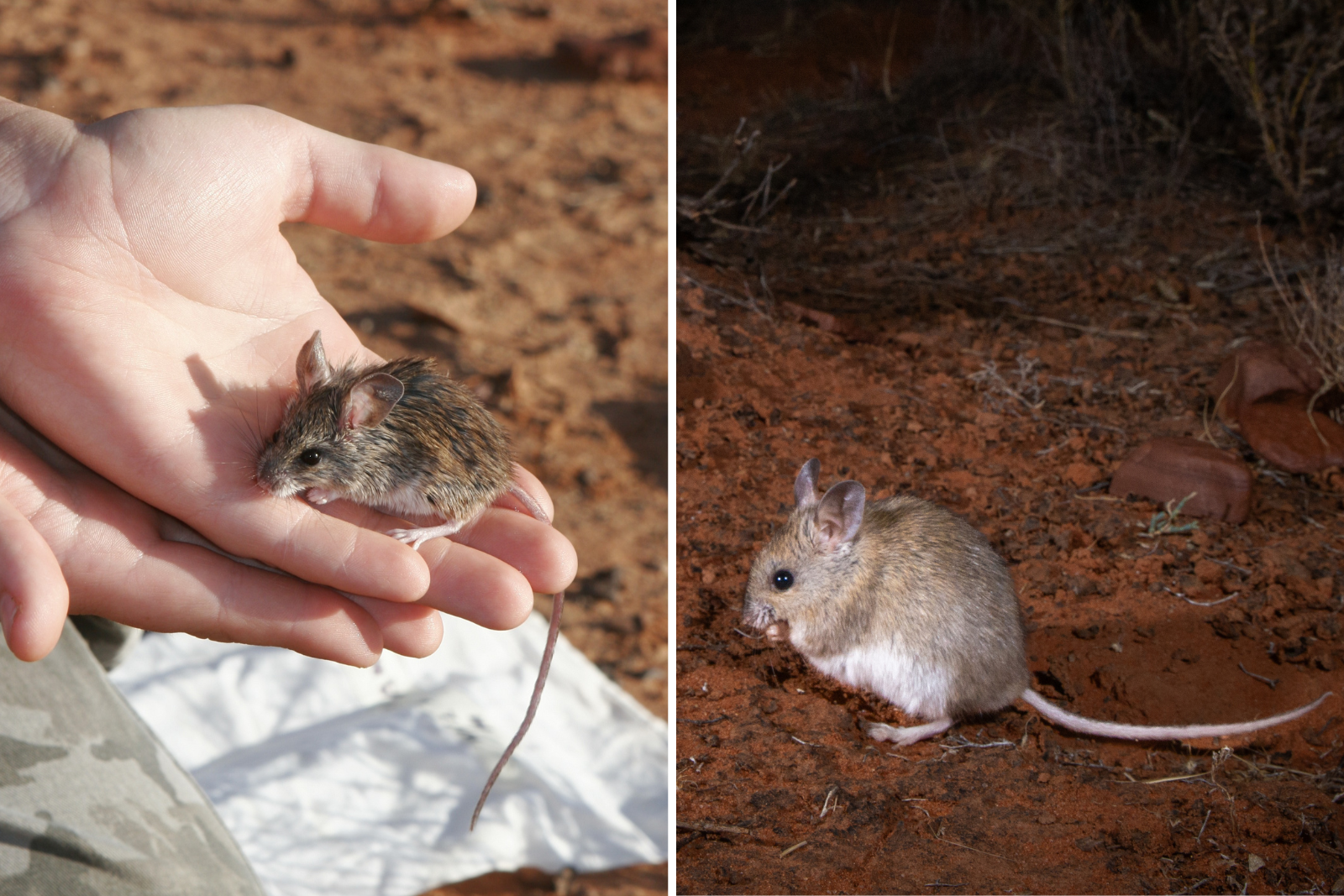 Bolam's mouse is relatively small, only weighing around 11.7 grams (left), whereas a plains mouse is over three times the size with an average mass of 39.5 grams (right)
Bolam's mouse is relatively small, only weighing around 11.7 grams (left), whereas a plains mouse is over three times the size with an average mass of 39.5 grams (right)
Late arrivals dominate the landscape
Larger native rodents, including spinifex hopping mice and plains mice, weren’t recorded inside the fence until five and nine years, respectively, after the reserve was established. At the time the reserve was established, they were virtually absent from the surrounding region; likely wiped out by cats and foxes, which disproportionately prey on species over 35 g. Once inside the reserve and free from predation, these larger rodents boomed.
These rodents didn’t just return, they spread into different habitats. Hopping mice, usually found in sandy dunes, began turning up in swales. Plains mice, typically a clay-loving swale species, were found in dunes. Freed from feral predators, both species expanded into new habitats.
This shift suggested that their former distributions weren’t shaped by habitat preference alone. Predation had been limiting where they could survive.
Succession without vegetation change
Usually, when ecologists talk about succession, they mean a gradual change in community structure driven by shifts in vegetation (for example, increases in cover, patchiness or complexity). But at Arid Recovery, the vegetation remained fairly stable. Even with some browsing by reintroduced herbivores like burrowing bettongs, there weren’t major changes in plant structure. Instead, what shifted was the mix of species, and this change was shaped by when species reappeared and how they interacted.
Bolam’s mice, which prefer swale habitats, were among the first to take advantage of the predator-free conditions. But they didn’t have the swales to themselves for long. As hopping mice increased in number, they began turning up in swales, even though they typically prefer dunes. This movement brought hopping mice into direct competition with Bolam’s mice.
Over time, competition between species intensified. Larger rodents like hopping mice didn’t just compete for food, they made it harder for smaller rodents to persist in the same habitats. Inside the reserve, Bolam’s mice in swales experienced more pressure from hopping mice than they did from house mice, especially once hopping mice expanded their range.
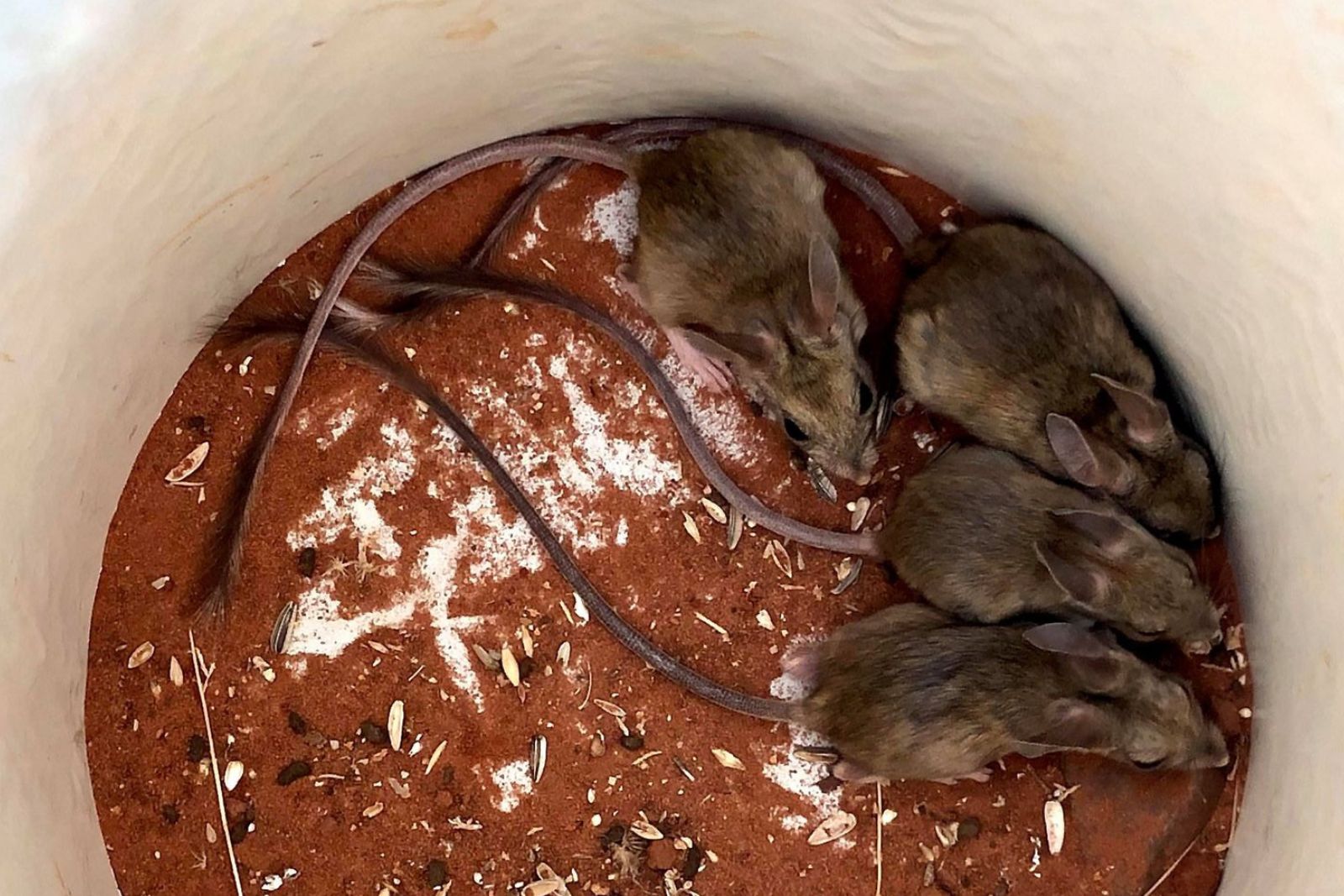 Hopping mouse abundance is so high that multiple mice are often found in a pit.
Hopping mouse abundance is so high that multiple mice are often found in a pit.
The quiet response of carnivores
Unlike rodents, the small carnivorous marsupials, the dasyurids, showed only a muted response to predator removal. The stripe-faced dunnart increased slowly inside the reserve, with capture rates becoming noticeably higher than outside after eight years. The fat-tailed dunnart, by contrast, remained at low levels and was more often captured outside, especially during dry years.
These species may be less responsive to rainfall than rodents, as their insectivorous diet and flexible foraging strategies don’t depend as strongly on boom-bust vegetation cycles. The fat-tailed dunnart is known to do well in disturbed environments, like post-mining sites, so it’s possible that in the more stable habitats of the reserve, the stripe-faced dunnart had a competitive edge.
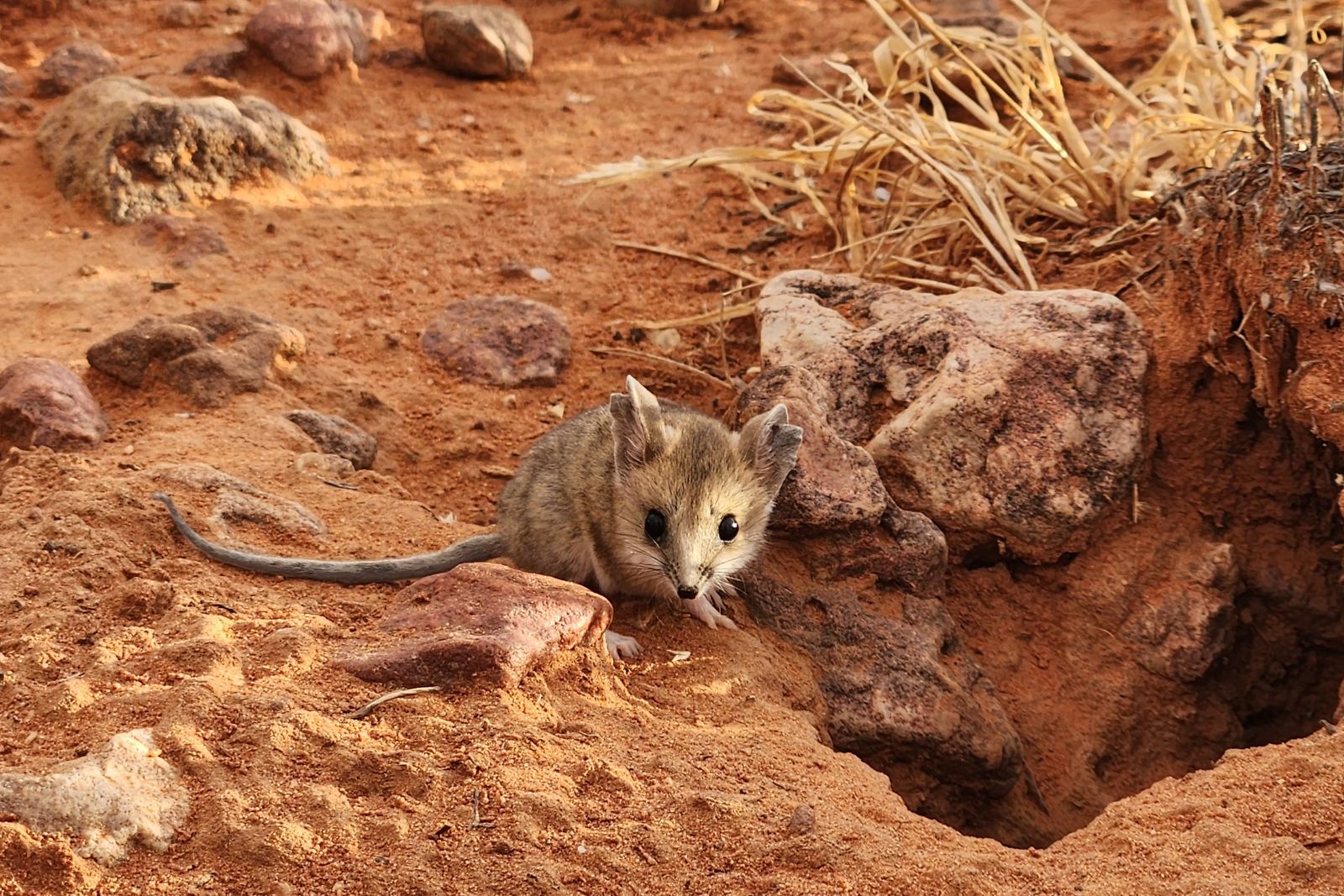
One of the rare occasions a dunnart was caught inside the reserve in 2025.
A shifted system
By the end of the study, five of the seven species monitored had increased in abundance inside the reserve. Two had expanded into new habitats. Diversity had increased, even though the number of species remained the same. The community had changed from one controlled by predators to one shaped by competition and resource limitation.
Rainfall still played a role, especially in triggering population booms after good seasons. But the contrast between inside and outside the fence was stark. In wet years, rodent captures were up to 33 times higher inside than outside of the reserve. Outside, even after rain, populations stayed low.
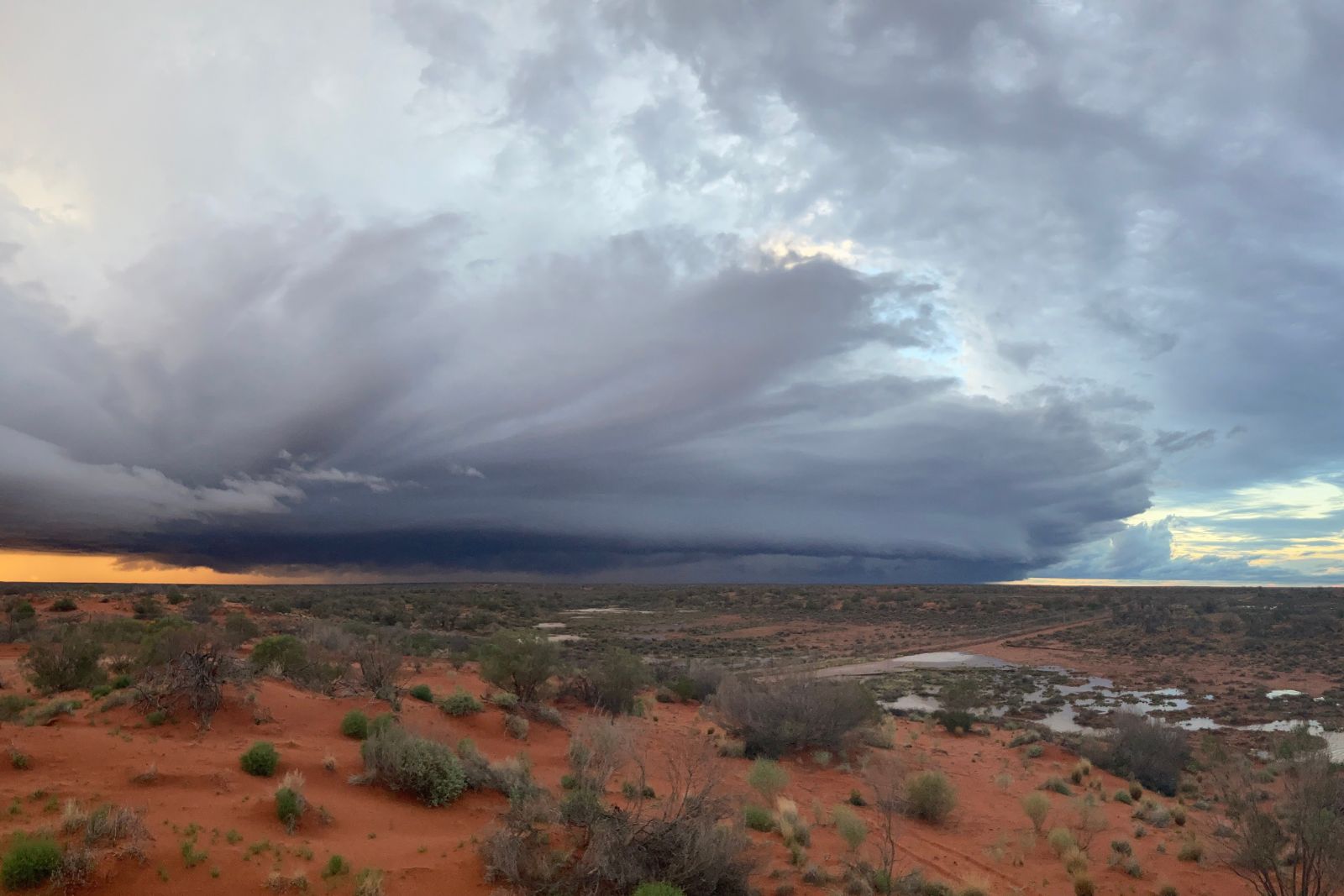
The desert landscape changes dramatically after rain
This study shows how removing invasive predators can reveal the processes that once structured Australia’s desert mammal communities. Succession still occurred, but not because the plants changed. Instead, removing predators lifted a suppressing force. That allowed dispersal, recolonisation, and competition to drive change.
The findings suggest that what we see in most arid zone landscapes today: low diversity, low abundance, and little competition might be a shadow of what once existed. Before cats and foxes, desert rodent communities may have been richer, more dynamic, and far more competitive.
By removing predators and watching carefully over time, Arid Recovery has provided a rare glimpse of what desert Australia could be, and what it once was.
You can read more about this 27-year study that was published this year in Proceedings B.
Photo credits: J. Bilby, K. Tuft, I. Badman